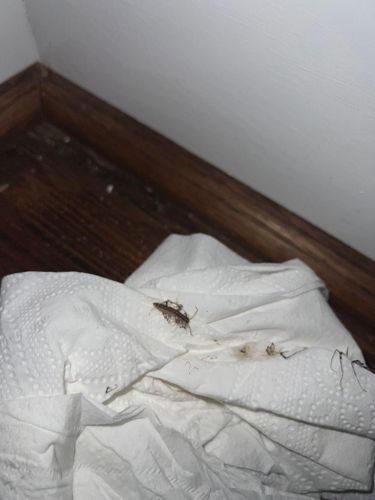German Cockroach
Scientific Name: Blattella germanica
Order & Family: Blattodea (Order), Ectobiidae (Family)
Size: Typically 1.1 to 1.6 cm (0.43 to 0.63 inches) long.

Natural Habitat
Exclusively associated with human structures, preferring warm, humid environments close to food and water sources such as kitchens, bathrooms, and food storage areas. They are commonly found in commercial establishments like restaurants and hospitals.
Diet & Feeding
Omnivorous scavengers, feeding on almost anything including food crumbs, grease, soap, glue, and even human hair and dead skin.
Behavior Patterns
Cockroaches are primarily nocturnal and gregarious. They hide in cracks and crevices during the day and come out at night to forage for food. They are known for their rapid running and ability to squeeze into small spaces. Females lay egg cases (oothecae) which contain multiple eggs.
Risks & Benefits
Potential Risks: Known vectors for pathogens, including bacteria (like Salmonella and E. coli), viruses, and parasites. They can trigger asthma and allergic reactions due to allergens in their droppings, saliva, and shed skin. They contaminate food and surfaces. Potential Benefits: No direct benefits to humans or the ecosystem are commonly recognized for German cockroaches in urban environments.
Identified on: 8/14/2025